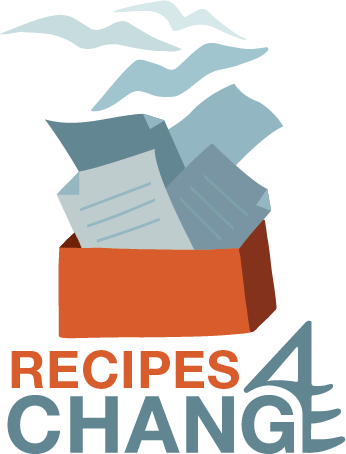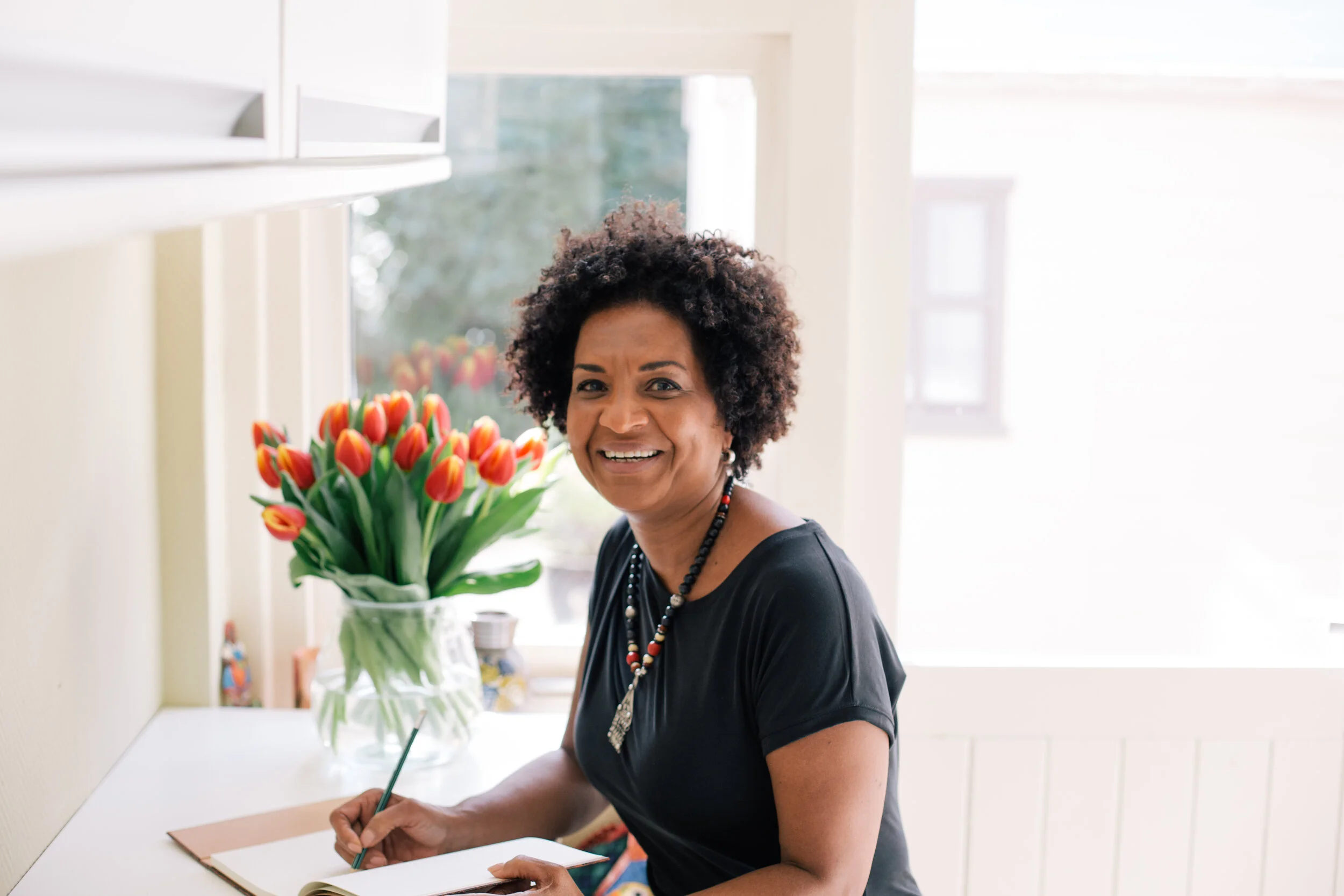My Story With Self-Esteem
“ No way” said the lady incredulously, “She can’t be your daughter!”
“Yes, she is,” insisted my stepmother, looking a bit uncomfortable.
“Then why is she abdeh and you are not?” retorted the lady smugly.
Abdeh is an Arabic word that literally means a slave. It is the word that ignorantly was and perhaps still is sometimes used to mean black.
Develop a Useful Attitude With NLP
In this short blog, I would like to share a Tedx Talk with you. Please watch it. I believe it will be worth your 20 minutes and more.
What Influences Your Communication?
I first came face to face with Transactional Analysis about 6 years ago at a networking event where Jacqueline van Gent from TA denhaag, gave a short talk about the topic. I remember sitting amongst the audience listening to her talk about ego states and life script and something just clicked into place. What I heard her say made so much sense in my world, and it was there and then that I decided I wanted to learn more about TA.
Tips For Revision The NLP Way
Find a suitable, quiet and well-lit place to work in. Preferably with enough space to allow movement and where you have a table or desk and chair so you are able to do some writing as well. It is ideal if you have such a space at home but if this is not possible then studying at your local library might be an option.
You Can Do It!
At the moment both of my daughters are sitting various exams. So again our lives are tinged with exam fever. As a parent I can’t help but feel their aspirations, their hopes, their doubts and anxieties, their joys and sometimes their disappointments.
Do you suffer from anxiety, fear or panic attacks?
Why is it that so many people suffer from anxiety? The majority of my clients come to me to resolve issues directly or indirectly related to fear, anxiety and some times panic attacks. Whether it is worrying about an upcoming presentation or exam, getting on a plane, performing on stage or at an interview, giving birth, dying and leaving a family behind, getting the next promotion…
Be A Better Parent With NLP
NLP is based on a number of presuppositions. These presuppositions are simply assumptions or generalisations about the world. If you were to practice and adopt these presuppositions, it would help to ease your journey through life.
In this blog I will explain some of these presuppositions in relation to parenting.
Fear Of Flying
Are you afraid to fly? I certainly was. I don’t quite remember at what age I developed this fear of flying but I did notice that it got progressively worse after having children.
Becoming a mother made me think more about this fear as I didn’t want any of my children to inherit my fear of flying or anything else that might hold them back from living life to the full.
Write Your Way to a Happier and Healthier You
I was one of the candidates who took Jo Parfitt’s “The Naked Writer” course in October 2012. The course was made of six two and half hour sessions where we learn how to write from a place of pain. Incidentally, or perhaps this was orchestrated by my unconscious mind, two weeks prior to the start of the course I saw my eldest daughter through her move to the University in London.
8 steps to ensure that your New Year's goal is achievable
It is January, the time of year when the partying is over and reality hits. Most people will be reflecting on the past year and planning on the year ahead. It is a time when people make resolutions and set goals and outcomes. Some goals will be achieved easily, others will be more challenging and some will be almost impossible. NLP offers you 8 steps that increase the likelihood of achieving your goals.
The Power of Beliefs
I woke up with a jolt. It was 7am on the 16th of August. The A level results are out. I knew that my daughter was probably already up trying to access her results online. I got out of bed and went looking for her. As I rounded the corner into the living room and heard her sigh I wondered for one split second whether it was a sigh of joy and relief or disappointment. I got my answer almost immediately as she turned her head round from the computer screen and said to me, “ Two A* and an A!”
Discovering The Root Cause
Twelve years ago, I was sitting on the steps leading to the conference room that was being used for our NLP, Time Line Therapy and Hypnosis practitioner course. We were having a morning break after having had a lecture on Time Line Therapy and discovering the root cause of present behavioural problems. I was drinking a much needed cup of coffee and pondering what I had just learnt.




















